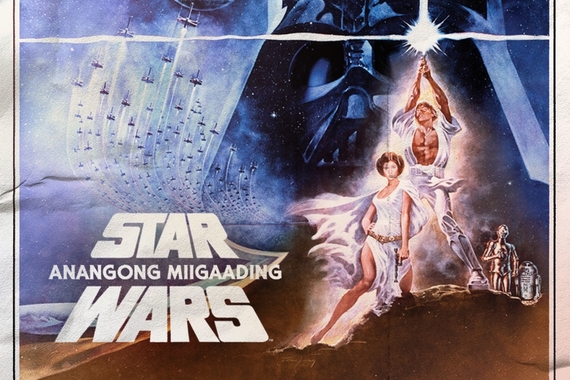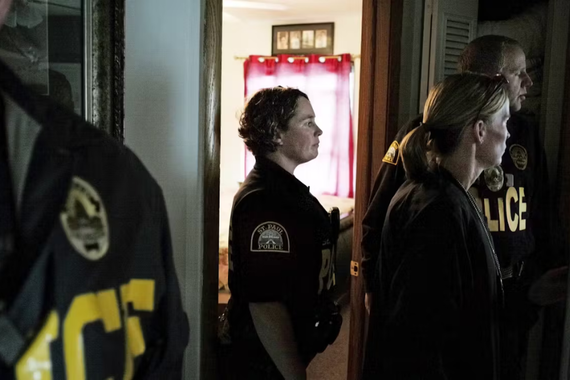Catholic Horror on Television: Ruth DeFoster on Her New Book
The horror genre has enraptured fans for decades, and in the streaming era it is enjoying something of a renaissance. New forms of storytelling have blossomed as audiences “binge-watch” horror. In her newly published book Catholic Horror on Television: Haunting Faith, Assistant Professor Ruth DeFoster joins forces with a cohort of cultural scholars to analyze the prominence of the Catholic Church in these terrifying tales.
A Conference Collaboration
The idea for this project emerged from an informal conversation between DeFoster and fellow scholars Ralph Beliveau, Laura Bolf-Beliveau, and Erika Engstrom at the 2022 conference for the Association for Education in Journalism and Mass Communication (AEJMC). DeFoster recalls, “We had a wonderful conversation at the conference about the new shows we were watching, the sudden influx of tales about the Catholic Church and our own experiences growing up with Catholicism and the evangelical church.”
This conversation developed into a book project. “We combined our work to analyze a broad spectrum of new 2020s horror films and television shows,” DeFoster says, “All of which focused on faith, religion, and Catholicism in particular.”
Morality and Mortality
The final product, Catholic Horror on Television: Haunting Faith, explores the intersection of horror media and the Catholic Church. “The horror genre frequently tells fantastic stories about the mysteries that we seek to understand, helping to come to terms with the destructive and the monstrous,” DeFoster says. The book specifically analyzes the genre of Catholic horror in the current streaming media environment, “exploring its treatment of physical mortality, the metaphysics of meaning, and morality.”
DeFoster’s chapter looks into the 2021 Netflix miniseries Midnight Mass. “In this chapter, I argue that the show functions as a kind of "horror vérité," a type of "truthful" film-making that reflects reality by making it monstrous and bizarre,” DeFoster explains. “More broadly, this book concludes that fiction on TV and film in the 2020s is a rich site for stories about morality, truth, death, and the role of religion in public life.”
A Positional Approach
The authors’ backgrounds, both personal and academic, were unique strengths of Catholic Horror on Television: Haunting Faith. As cultural and critical studies scholars, DeFoster shares, “We believe that positionality—who you are as a person and what your history brings to your scholarship—is crucial to research.” The authors drew on their own histories and experiences with Catholicism to support their various forms of textual analysis.
“This project was a lot of fun to complete,” DeFoster says, “Especially because, in the early stages, I was allowed to defend my Netflix-watching as research!”
Visit publisher Rowman & Littlefields’s website to learn more about Catholic Horror on Television: Haunting Faith.
This story was edited by Max Pritchard, an undergraduate student in CLA.



